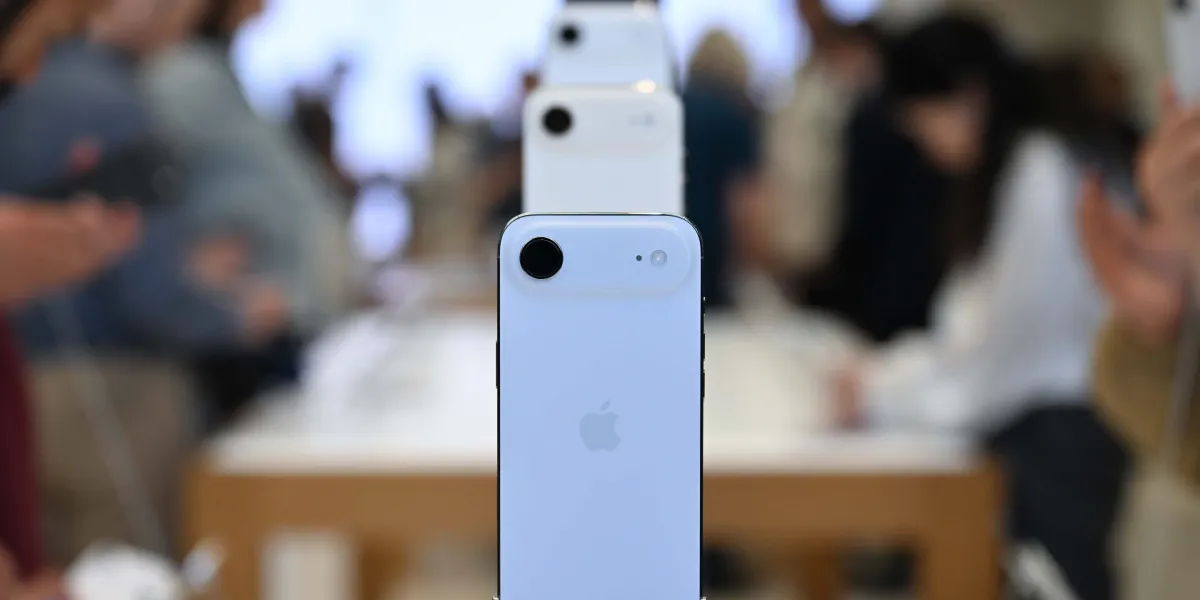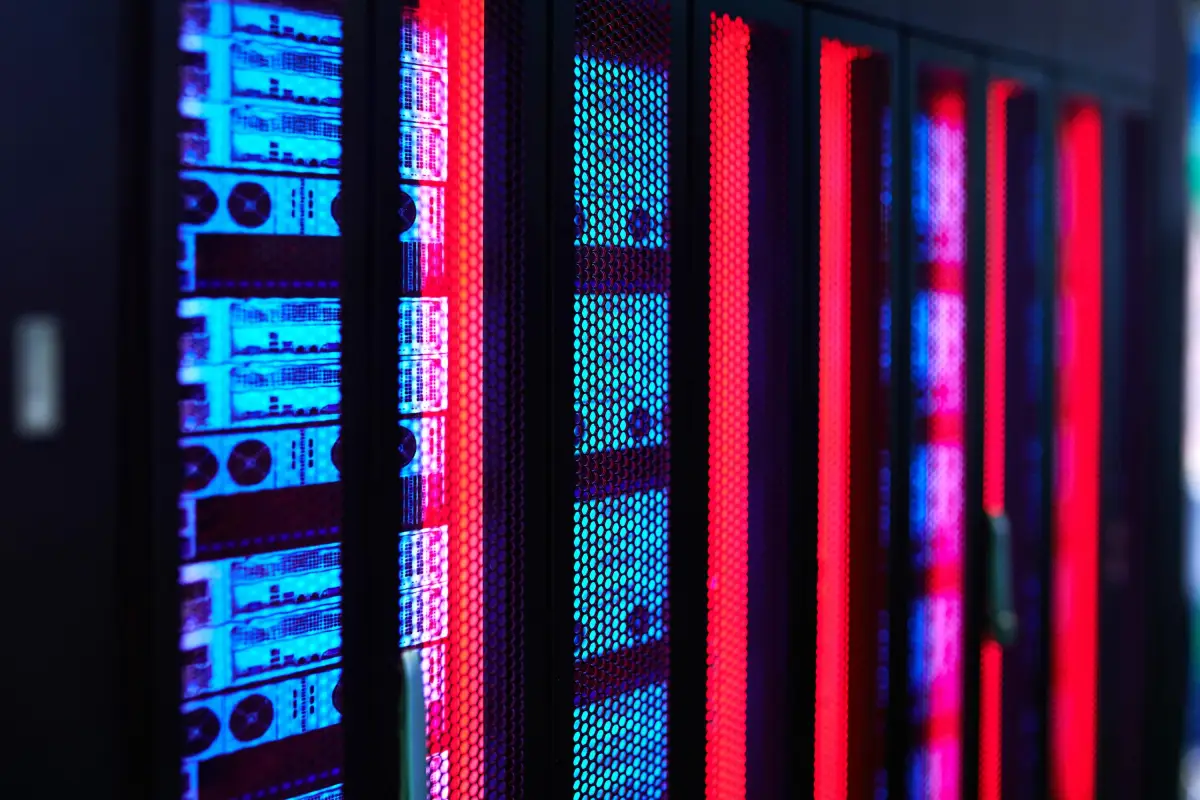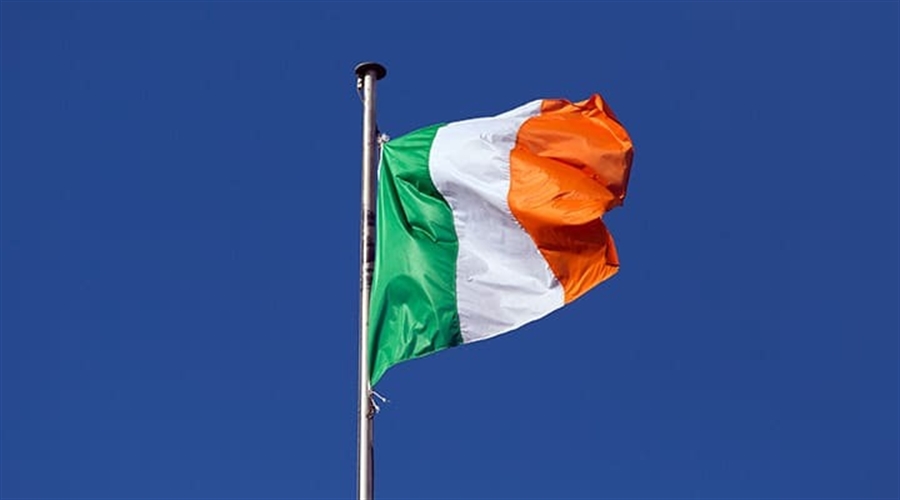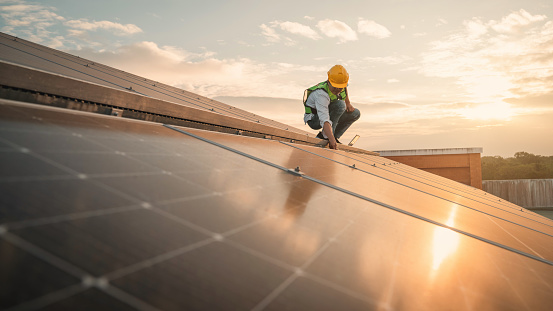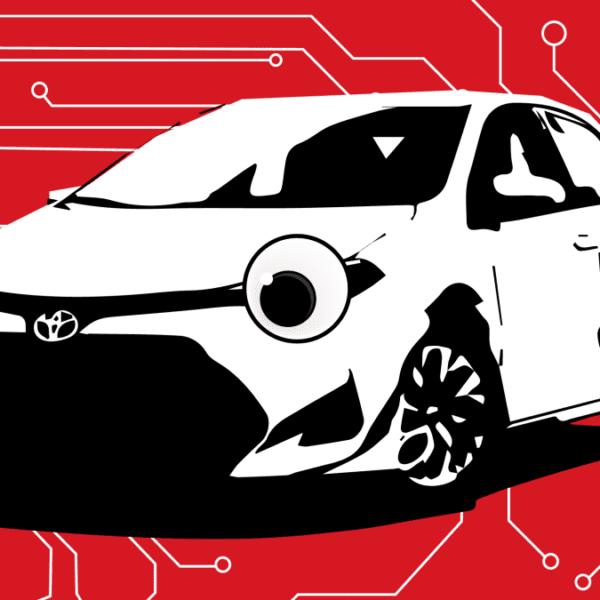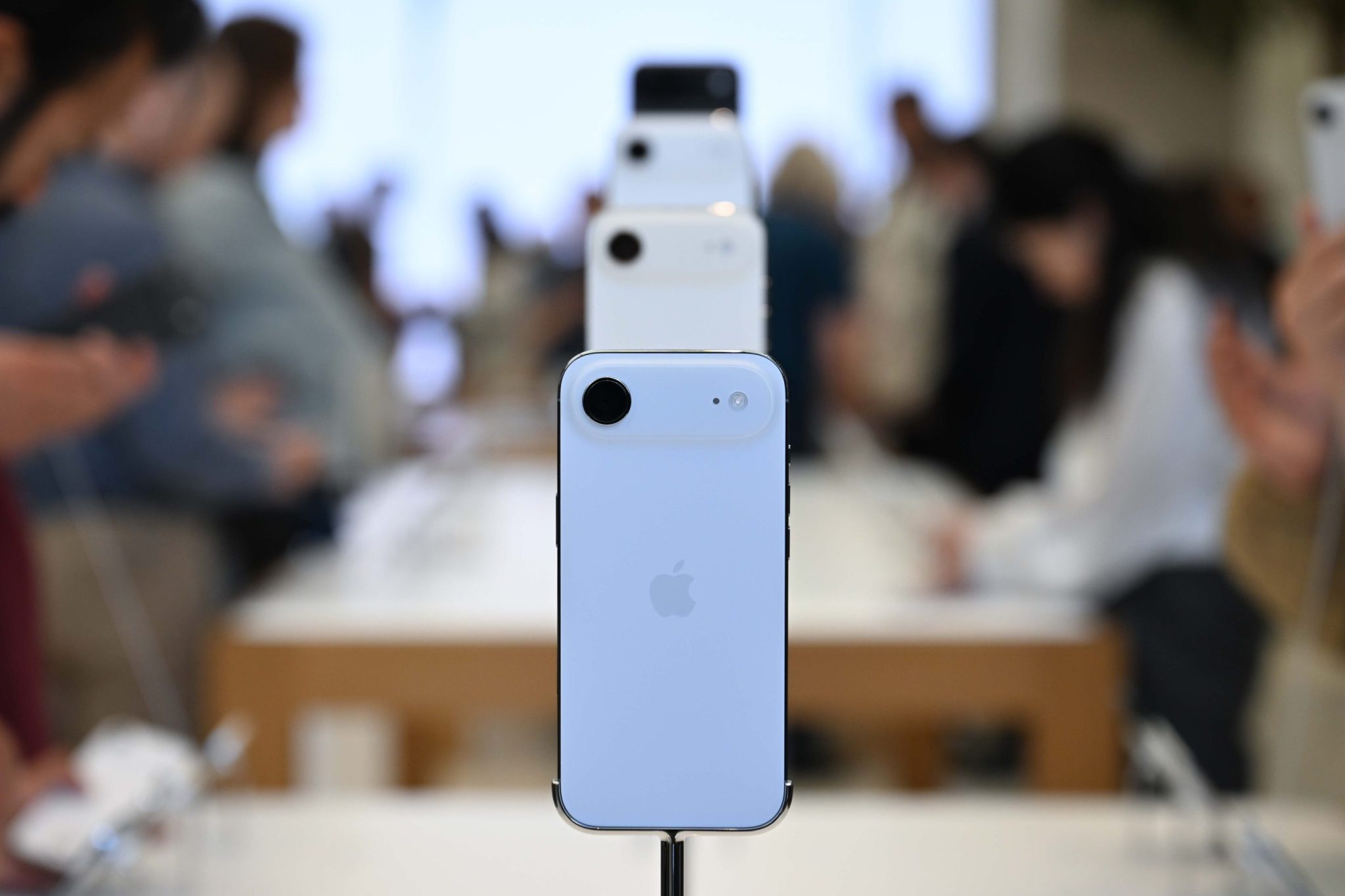
Abidur Chowdhury, the industrial designer who debuted Apple’s iPhone Air to the world just two months ago when the company picked him to talk about the phone in its introductory video, has left the company for an unnamed artificial intelligence startup, Bloomberg reports. The departure adds to mounting challenges for the ultrathin device, which has struggled with disappointing sales since its September launch. It marks another significant loss for Apple’s design division, which has experienced near-complete turnover since legendary design chief Jony Ive departed in 2019.
Chowdhury spent more than six years at Apple and earned a high-profile assignment narrating the iPhone Air’s two-minute design video during the company’s September event. His exit reportedly created ripples internally, given his rising prominence within the design team. However, Bloomberg reporter Mark Gurman said his departure was unrelated to the iPhone Air’s underwhelming market performance.
The timing underscores the complex trajectory of the iPhone Air, which Apple positioned between the baseline iPhone 17 and the more premium iPhone 17 Pro and Pro Max in terms of pricing, even though the phone’s camera and battery life aren’t quite as good as any of those phones—including the more affordable iPhone 17. The iPhone Air starts at $999, but the comparable iPhone 17 starts at $899, or you can get the total package in the iPhone 17 Pro for just $100 more, at $1,099.
Despite earning design accolades—the iPhone Air is Apple’s thinnest iPhone ever at 5.6 millimeters thick—the device has faced what industry analysts describe as “virtually no demand.” Apple had anticipated the device would account for 6% to 8% of new iPhone sales, roughly matching the iPhone 16 Plus it replaced, according to Bloomberg. Instead, production has been slashed dramatically, with reports from Apple’s supply chain suggesting the phone’s production has been cut by over 80% heading into the new year. One supply chain manager told Nikkei Asia that production orders had been reduced to nearly “end of production” levels.
Despite the disappointing sales, a second-generation iPhone Air remains on track for 2027, according to Bloomberg. The update will focus on improving battery performance and possibly add another camera lens to reassure customers that buying an Air isn’t a step down if you care about smartphone photography.
Apple’s design team exodus
Chowdhury joined Apple in 2019, around the same time as Ive’s departure from the company, ending an era that extended back to Steve Jobs’ tenure. Before Apple, Chowdhury worked at UK-based firms including Layer, Cambridge Consultants, and Curventa, according to his LinkedIn profile, and operated his own consultancy, Abidur Chowdhury Design, from 2018 to 2019. He earned a bachelor’s degree in Product Design and Technology from Loughborough University in the UK.
The departure reflects broader turbulence within Apple’s design division throughout 2025. Jeff Williams, the longtime chief operating officer who had overseen the design team since 2023, left the company last week after decades with Apple. In a significant organizational shift, design teams now report directly to CEO Tim Cook, bypassing traditional operational hierarchies.
Since Ive’s 2019 exit, the Apple design group has experienced a near-complete transformation, according to multiple reports. Most of the original team members have either retired or left for other ventures, including Ive’s own firm, LoveFrom. Notable departures include Evans Hankey, who succeeded Ive as industrial design lead and left in 2023, and Tang Tan, who spent more than 25 years working on design at Apple, among several other senior designers.
Williams said in July upon announcing his retirement plans: “I have a deep love for Apple. Working with all of the amazing people at this company has been a privilege of a lifetime, and I can’t thank Tim enough for the opportunity, his inspirational leadership, and our friendship over the years.” He added that he planned to “spend more time with friends and family, including five grandchildren and counting.”
Many former Apple designers have joined Ive’s LoveFrom studio, which OpenAI acquired in May 2025 for nearly $6.5 billion in an all-stock deal, the largest acquisition in OpenAI’s history. The partnership shows how OpenAI is taking on tech giants, including Google, Apple, and Meta in developing AI-powered devices to shape the future of computing.
Apple has struggled with its fourth iPhone slot in the lineup, experimenting with smaller 5.4-inch iPhone mini models that sold poorly, then moving to larger iPhone Plus models that also failed, leading to the iPhone Air. The company could introduce yet another form factor as soon as 2026, with rumors suggesting Apple will debut a foldable iPhone as part of the iPhone 18 lineup.

